Home>Technology>Home Entertainment Systems>How To Measure Projector Lumens


Home Entertainment Systems
How To Measure Projector Lumens
Modified: January 9, 2024
Learn how to measure projector lumens for your home entertainment systems. Find out the best ways to optimize your viewing experience.
(Many of the links in this article redirect to a specific reviewed product. Your purchase of these products through affiliate links helps to generate commission for Storables.com, at no extra cost. Learn more)
Introduction
Welcome to the fascinating world of home entertainment systems, where the immersive experience of watching movies, playing video games, or enjoying multimedia presentations is greatly enhanced by the use of projectors. The quality of the projected image is a crucial factor in determining the overall viewing experience, and one of the key metrics used to evaluate this is lumens.
In this article, we will delve into the intricacies of measuring projector lumens, shedding light on the importance of this aspect and providing valuable insights into the tools and steps involved in the process. Whether you are a home theater enthusiast, a professional AV installer, or a tech-savvy individual looking to optimize your projector setup, understanding how to measure projector lumens is essential for achieving the best visual performance.
So, let’s embark on this enlightening journey to unravel the mysteries of projector lumens and equip ourselves with the knowledge to make informed decisions when it comes to selecting, setting up, and optimizing projectors for an unparalleled viewing experience.
Key Takeaways:
- Measuring projector lumens is like finding the perfect balance of brightness for your projector. It helps create amazing visuals for movies, games, and presentations by ensuring the right amount of light is used.
- Tools like lumen meters and calibrated screens are essential for measuring projector lumens. They help make sure the projected images are bright, clear, and captivating for everyone to enjoy.
Read more: How Many Lumens For A Good Projector
Understanding Lumens
Before delving into the intricacies of measuring projector lumens, it’s essential to grasp the concept of lumens and their significance in the realm of projector technology. In simple terms, lumens refer to the measurement of the total amount of visible light emitted by a light source, which, in the context of projectors, determines the brightness of the projected image.
When it comes to projectors, a higher lumen rating generally translates to a brighter image, making it easier to see the content being displayed, especially in environments with ambient light or larger viewing areas. However, it’s important to note that the optimal lumen output for a projector varies depending on factors such as the intended usage, ambient lighting conditions, screen size, and the specific requirements of the viewing environment.
Understanding lumens involves recognizing that the brightness of a projector’s output is a critical factor in delivering a captivating and visually engaging experience. Whether you’re enjoying a movie night with friends and family, immersing yourself in the latest video game titles, or delivering a compelling business presentation, the lumen output directly impacts the clarity, vibrancy, and overall impact of the projected visuals.
Furthermore, the concept of lumens extends beyond mere brightness, as it also influences the contrast and color accuracy of the projected image. Achieving the right balance of lumen output ensures that dark scenes are adequately rendered without appearing washed out, and vibrant colors are faithfully reproduced, resulting in a visually stunning display that captivates the audience.
As technology continues to advance, the quest for higher lumen outputs has led to the development of innovative projector models capable of delivering remarkable brightness levels without compromising on image quality. This evolution underscores the pivotal role that lumens play in shaping the viewing experience and underscores the need to accurately measure and optimize lumen output for various projection scenarios.
By comprehending the fundamental principles of lumens and their impact on projector performance, we can appreciate the significance of measuring projector lumens and leverage this knowledge to elevate our home entertainment and presentation setups to new heights of visual excellence.
Importance of Measuring Projector Lumens
Measuring projector lumens holds immense significance in the realm of home entertainment systems and professional audiovisual setups. Understanding the importance of this process is crucial for optimizing the visual performance of projectors and ensuring an exceptional viewing experience across various applications.
First and foremost, the accurate measurement of projector lumens enables individuals to make informed decisions when selecting a projector that aligns with their specific viewing needs. Whether it’s for creating a captivating home theater environment, setting up a dynamic gaming space, or deploying a professional-grade projection system for business presentations, knowing the lumen output of a projector is essential for matching it to the intended usage scenario.
Moreover, measuring projector lumens plays a pivotal role in achieving optimal image brightness and clarity, especially in diverse viewing environments. By accurately assessing the lumen output, individuals can tailor their projector setups to deliver visually stunning images that remain vibrant and impactful, even in settings with ambient light or larger projection surfaces.
Another key aspect of measuring projector lumens lies in ensuring the longevity and reliability of the projection system. By understanding the lumen output and adhering to recommended usage guidelines, individuals can prevent overtaxing the projector’s light source, thereby prolonging its operational lifespan and minimizing the need for premature maintenance or replacement.
Furthermore, accurate measurement of projector lumens facilitates the calibration and fine-tuning of projection setups to achieve optimal contrast, color accuracy, and overall image quality. This is particularly critical for home theater enthusiasts and professional AV integrators seeking to create immersive viewing experiences that faithfully reproduce the nuances of cinematic content and multimedia presentations.
Additionally, in the context of commercial and educational environments, where projectors are utilized for delivering impactful presentations and educational content, measuring lumens is instrumental in ensuring that the projected visuals command attention and convey information with utmost clarity and impact.
Ultimately, the importance of measuring projector lumens is underscored by its role in empowering individuals to harness the full potential of their projection systems, whether for entertainment, gaming, business, or educational purposes. By accurately quantifying and optimizing lumen output, individuals can unlock the true visual prowess of their projectors, elevating the overall viewing experience to new heights of brilliance and immersion.
Tools for Measuring Projector Lumens
Accurately measuring projector lumens requires the use of specialized tools designed to quantify the brightness output of projection systems. These tools are essential for obtaining precise lumen readings, enabling individuals to assess and optimize the visual performance of their projectors. Let’s explore some of the primary tools used for measuring projector lumens:
Lumen Meter:
A lumen meter, also known as a light meter or illuminance meter, is a fundamental tool for quantifying the lumen output of a projector. This device measures the illuminance or brightness of light in a specific area, providing a numerical reading that indicates the lumen level. Lumen meters are equipped with sensors that capture the intensity of light, allowing users to obtain accurate lumen measurements across different projection surfaces and viewing distances.
Read more: How Many Lumens For A Home Theater Projector
Calibrated Screens:
Calibrated projection screens play a crucial role in the accurate measurement of projector lumens. These screens are designed to reflect light in a uniform manner, ensuring consistent brightness and color representation. By utilizing calibrated screens in conjunction with lumen meters, individuals can obtain reliable lumen readings that account for the reflective properties of the projection surface, leading to more precise assessments of projector performance.
Projection Distance Calculators:
Projection distance calculators are valuable tools for determining the optimal placement of projectors in relation to the viewing surface. By inputting specific projector and screen parameters, including lumen output, these calculators provide insights into the ideal projection distances and image sizes, facilitating the alignment of projector setups to achieve the desired lumen levels and visual impact.
Light Control Accessories:
Accessories such as neutral density filters and light control curtains are instrumental in managing ambient light conditions during lumen measurements. By utilizing these accessories, individuals can create controlled environments that minimize external light interference, allowing for more accurate lumen readings and a comprehensive assessment of projector performance under varying lighting scenarios.
Colorimeters and Spectroradiometers:
For advanced calibration and analysis of projector performance, colorimeters and spectroradiometers are utilized to measure color accuracy, contrast levels, and spectral characteristics of projected light. While not exclusively focused on lumen measurement, these devices complement the assessment of projector lumens by providing insights into the overall visual fidelity and color reproduction capabilities of projection systems.
By leveraging these tools in combination with best practices for lumen measurement, individuals can gain a comprehensive understanding of their projector’s brightness capabilities and fine-tune their setups to achieve optimal visual performance across various viewing scenarios.
Read more: What Does The Lumens In A Projector Mean
Steps to Measure Projector Lumens
Measuring projector lumens involves a systematic approach aimed at obtaining accurate and reliable lumen readings to assess the brightness output of a projector. By following a series of well-defined steps, individuals can effectively measure projector lumens and optimize the visual performance of their projection systems. Here’s a comprehensive guide outlining the essential steps to measure projector lumens:
Step 1: Set Up the Projection Environment
Begin by preparing the projection environment to ensure optimal conditions for lumen measurement. Dim the ambient lighting and utilize light control accessories, such as neutral density filters or light control curtains, to minimize external light interference. This creates a controlled environment for accurate lumen readings.
Step 2: Position the Projection Screen
Ensure that the projection screen is properly positioned and calibrated for accurate lumen measurement. Utilize a calibrated projection screen that reflects light uniformly, minimizing variations in brightness across the surface. Position the screen at an appropriate distance from the projector, considering the intended viewing area and lumen measurement requirements.
Step 3: Calibrate the Lumen Meter
If using a lumen meter, calibrate the device according to the manufacturer’s guidelines to ensure accurate and consistent lumen measurements. Verify that the lumen meter’s sensors are functioning properly and set the device to the appropriate measurement mode for assessing projector lumens.
Step 4: Align the Projector
Position the projector at the recommended distance from the projection screen, taking into account the projector’s lumen output and the desired image size. Use projection distance calculators to determine the optimal placement of the projector for achieving the targeted lumen levels and visual impact.
Step 5: Capture Lumen Readings
With the projection system in place, capture lumen readings using the calibrated lumen meter. Point the meter’s sensors towards the center of the projection screen and record the lumen measurements at various points across the screen to account for potential brightness variations.
Step 6: Analyze and Validate Readings
Review the lumen readings obtained from the measurement process, ensuring that they align with the expected lumen output of the projector. Validate the readings by cross-referencing them with the projector’s specifications and industry standards for lumen measurement, ensuring that the projected brightness meets the desired criteria.
Step 7: Fine-Tune Projection Settings
Based on the lumen measurements and analysis, fine-tune the projector’s settings, including brightness, contrast, and color calibration, to optimize the visual performance. Adjust the projector’s positioning and settings as needed to achieve the desired lumen levels and ensure a captivating viewing experience.
Read also: 13 Best 5000 Lumen Projector For 2025
Step 8: Document and Maintain Records
Document the lumen measurements and the corresponding projector settings for future reference. Maintaining accurate records of lumen readings and calibration adjustments facilitates ongoing optimization of the projection system and serves as a valuable reference for future lumen measurement exercises.
By following these steps with precision and attention to detail, individuals can effectively measure projector lumens, fine-tune their projection setups, and unlock the full visual potential of their projectors across diverse home entertainment, gaming, and professional AV applications.
Conclusion
As we conclude our exploration of measuring projector lumens, it becomes evident that this process is integral to optimizing the visual performance of projectors across a myriad of applications, ranging from home entertainment and gaming to professional audiovisual setups. The ability to accurately quantify and assess the lumen output of projectors empowers individuals to make informed decisions, fine-tune their projection systems, and create captivating viewing experiences that resonate with clarity, vibrancy, and impact.
Understanding the significance of projector lumens and the tools and steps involved in their measurement equips enthusiasts, integrators, and tech-savvy individuals with the knowledge to harness the full potential of their projection setups. By leveraging lumen meters, calibrated screens, projection distance calculators, and light control accessories, individuals can embark on a journey to achieve optimal brightness, contrast, and color accuracy, thereby elevating the visual prowess of their projectors to new heights.
Measuring projector lumens is not merely a technical exercise; it is a gateway to unlocking the immersive magic of home theater experiences, the dynamic thrill of gaming environments, and the impactful delivery of multimedia presentations. It is a testament to the pursuit of visual excellence and the desire to immerse oneself in captivating, true-to-life imagery that captivates the senses and ignites the imagination.
By adhering to best practices in lumen measurement, individuals can ensure that their projection systems deliver compelling visuals that command attention, convey information with precision, and evoke emotions with every frame. The art and science of measuring projector lumens, when embraced with dedication and expertise, pave the way for unforgettable moments of cinematic wonder, gaming excitement, and professional presentation prowess.
As technology continues to evolve and projector capabilities advance, the journey of measuring projector lumens remains an enduring quest for visual perfection, driving enthusiasts and professionals alike to seek ever-greater levels of brightness, clarity, and fidelity in the projected image. It is a testament to the unwavering pursuit of visual excellence and the commitment to delivering unparalleled viewing experiences that leave a lasting impression on all who partake in the magic of projected imagery.
May the knowledge and insights shared in this exploration of measuring projector lumens serve as a guiding light for all who seek to embark on this illuminating journey, where the convergence of technology and artistry creates moments of visual splendor that captivate, inspire, and transport us to realms of boundless imagination.
Frequently Asked Questions about How To Measure Projector Lumens
Was this page helpful?
At Storables.com, we guarantee accurate and reliable information. Our content, validated by Expert Board Contributors, is crafted following stringent Editorial Policies. We're committed to providing you with well-researched, expert-backed insights for all your informational needs.
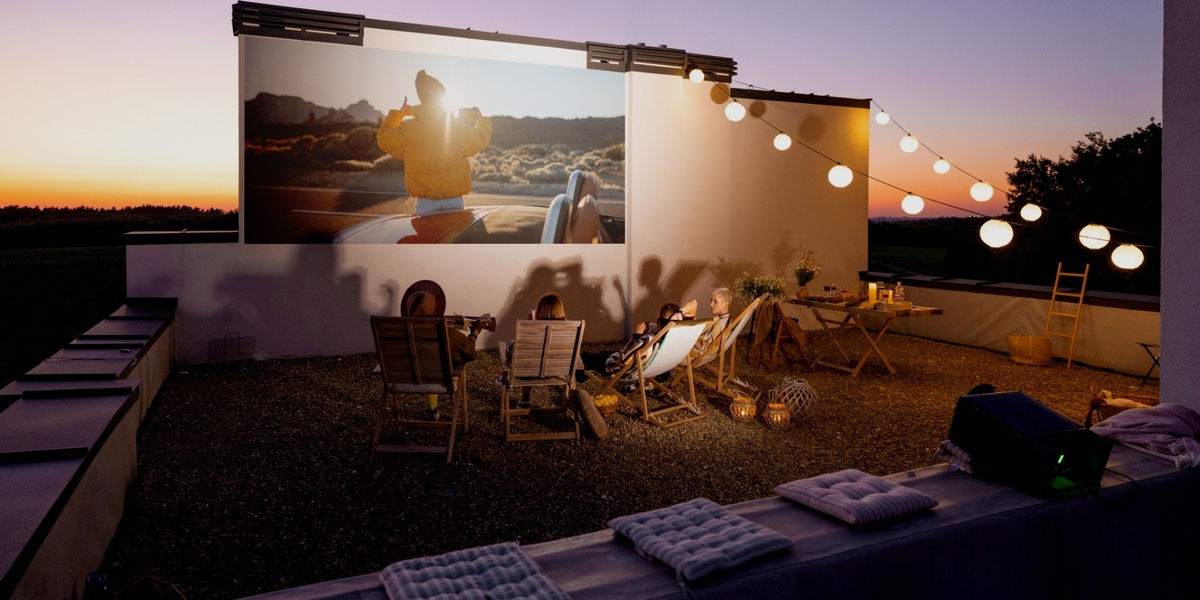
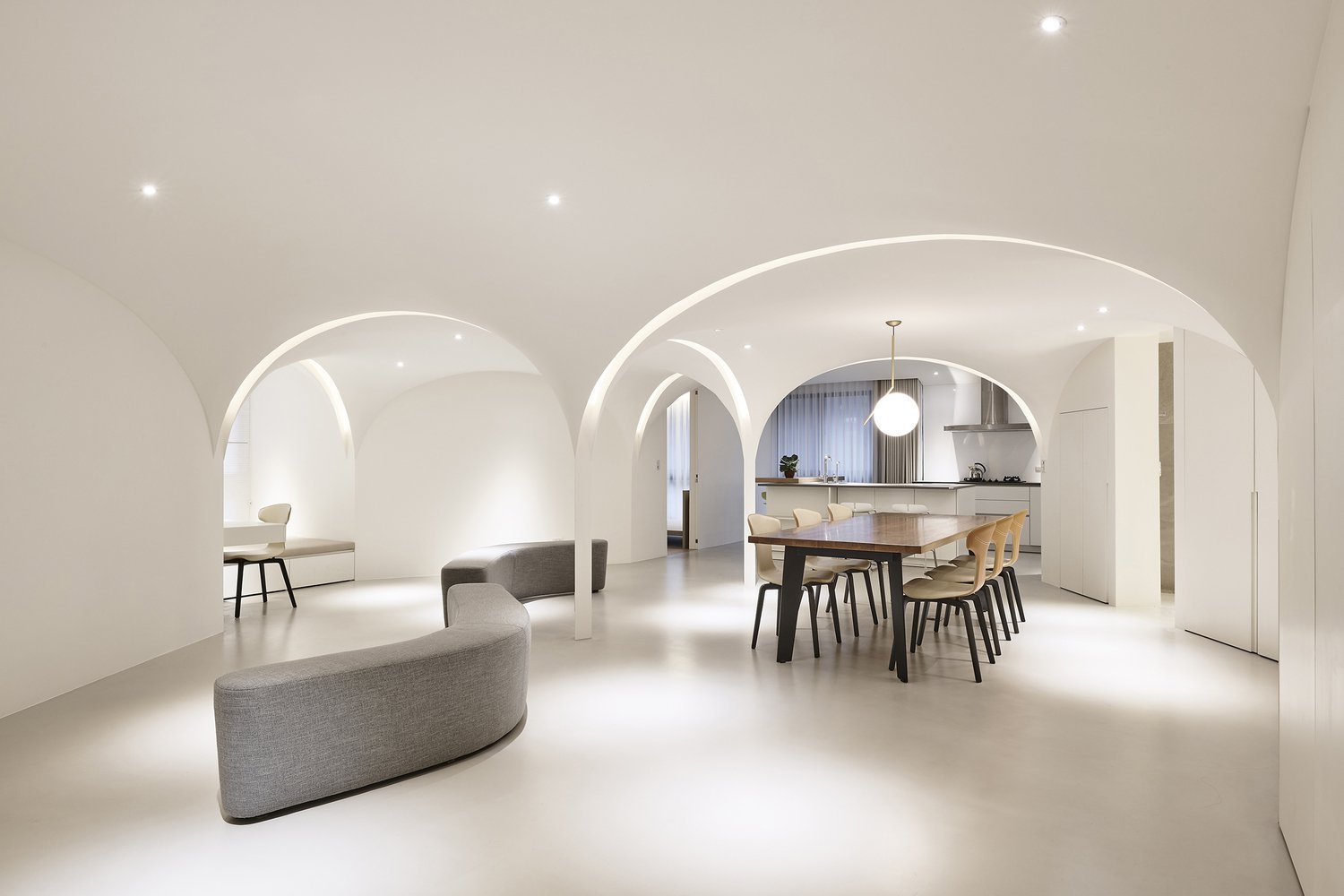
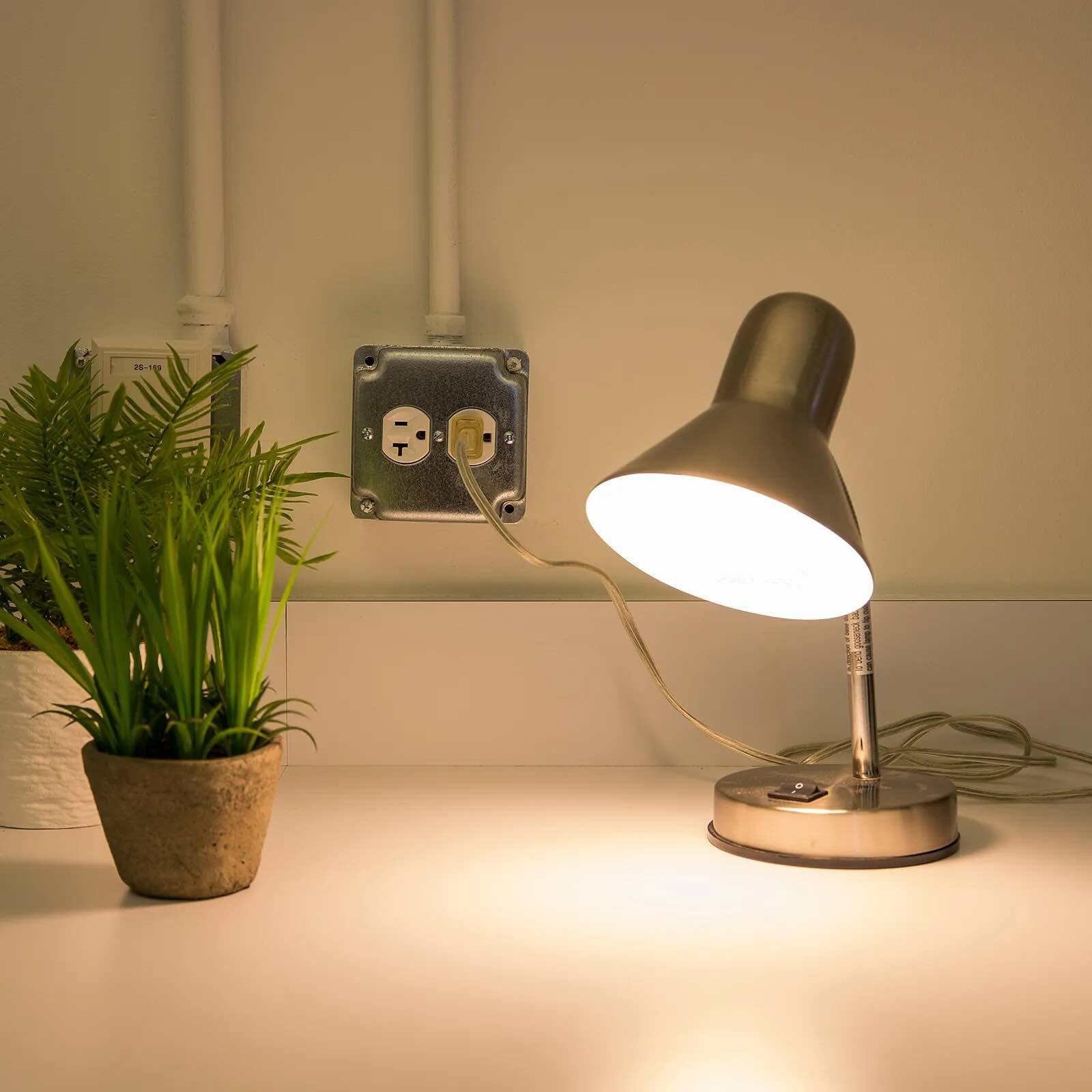
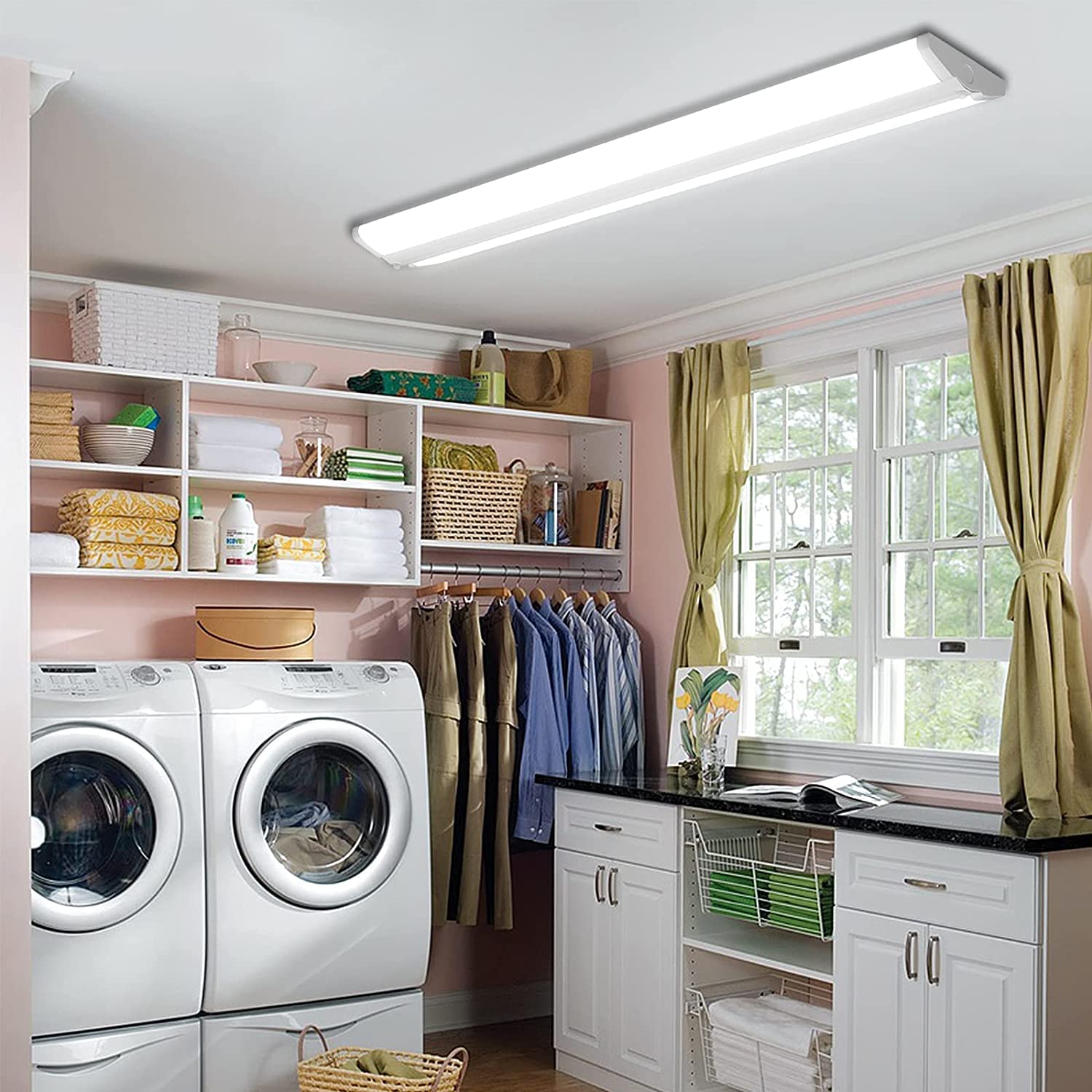

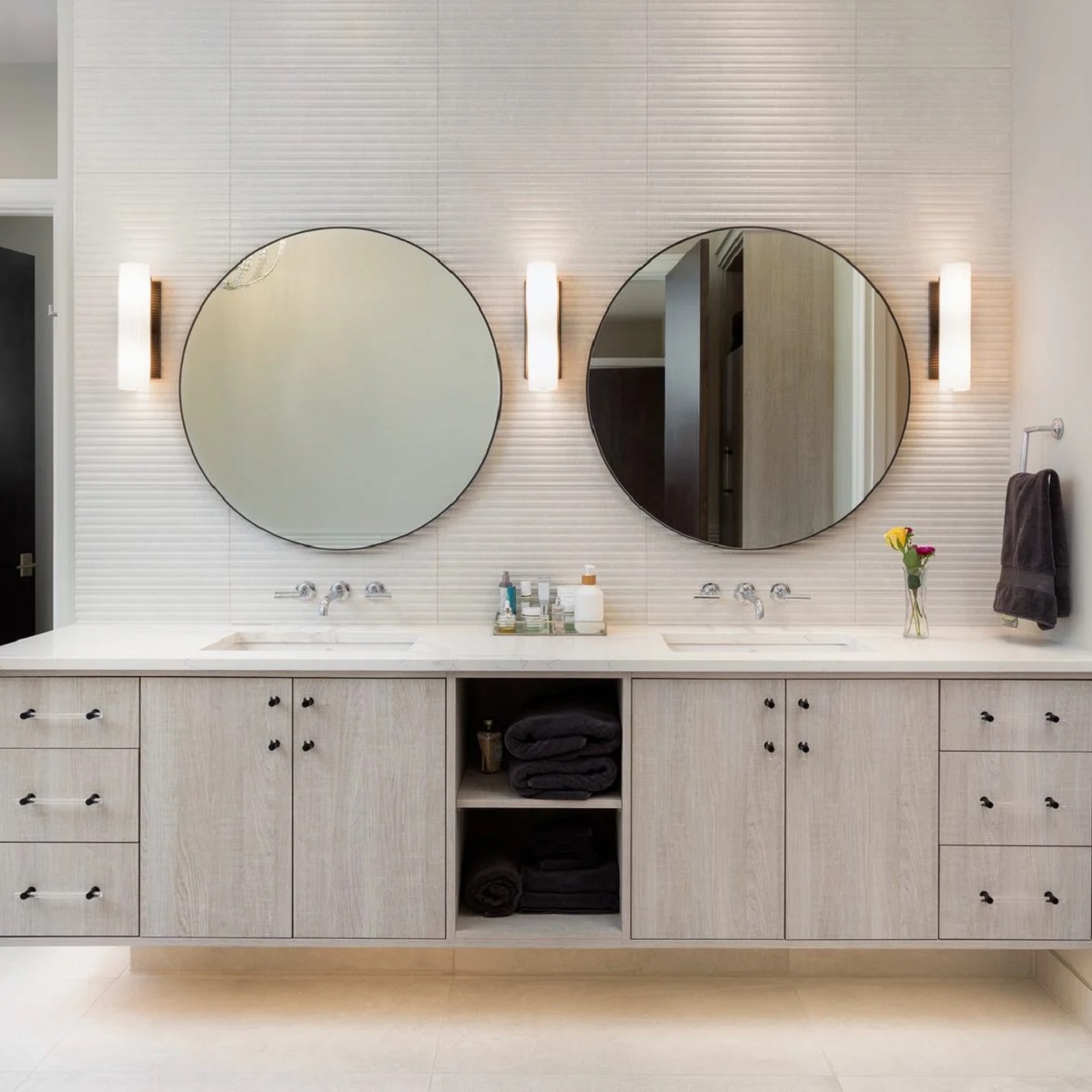
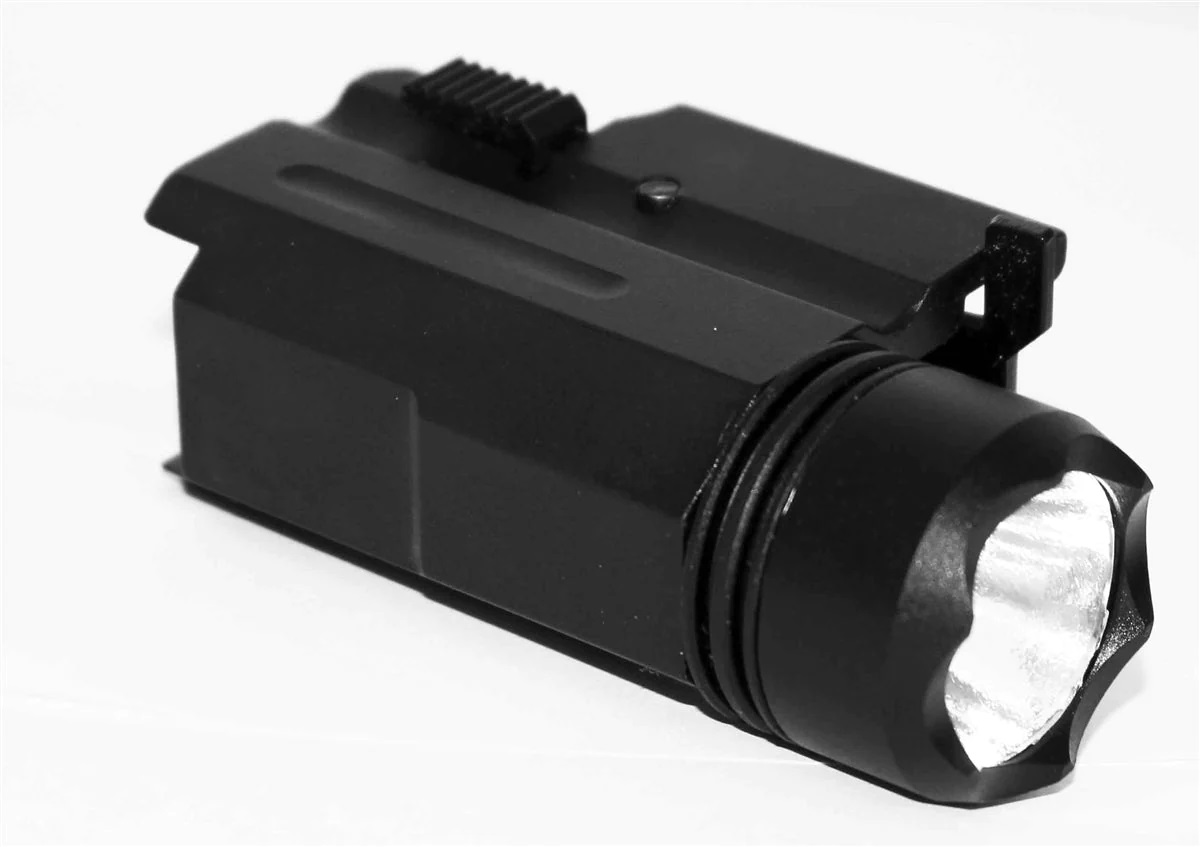
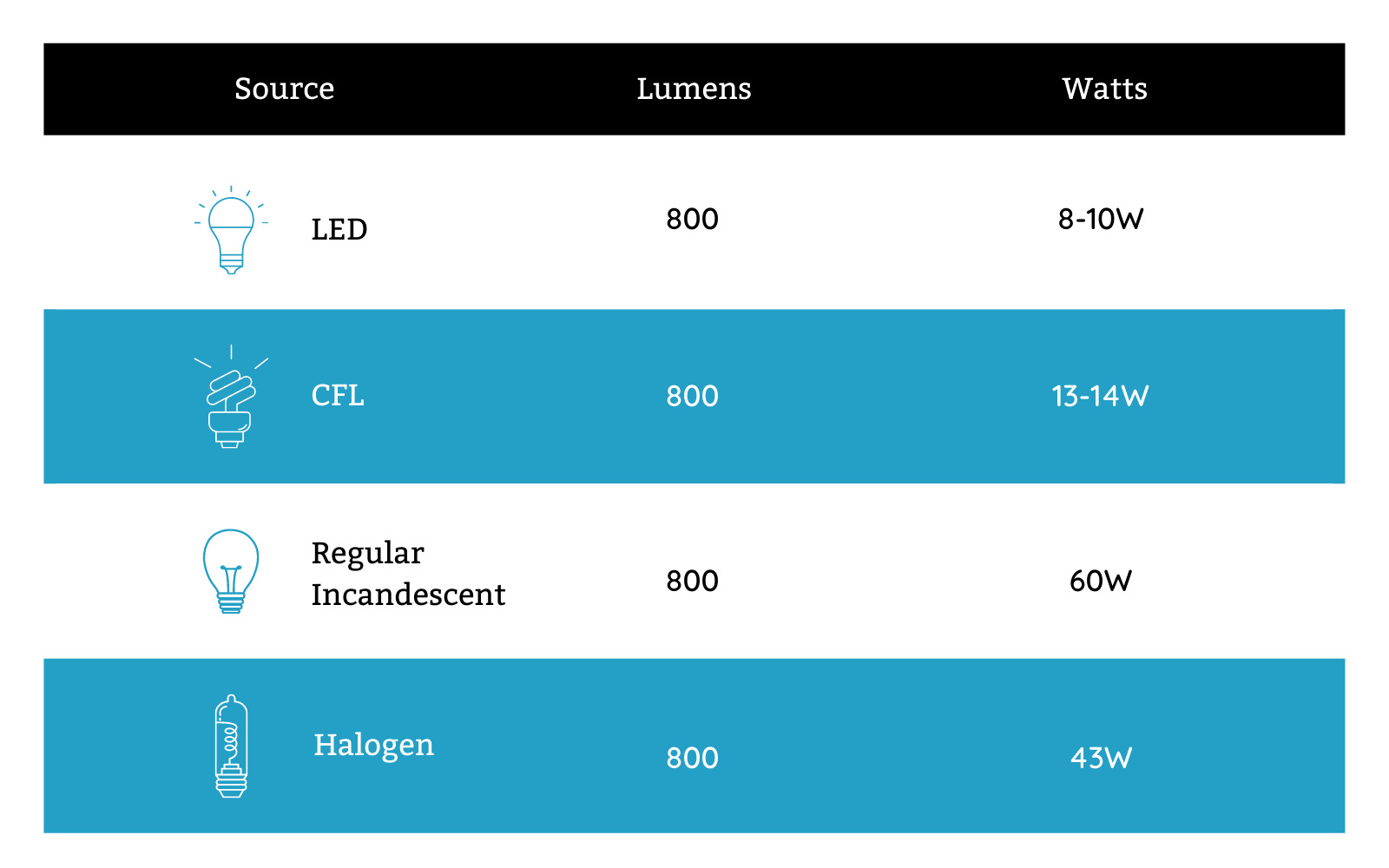


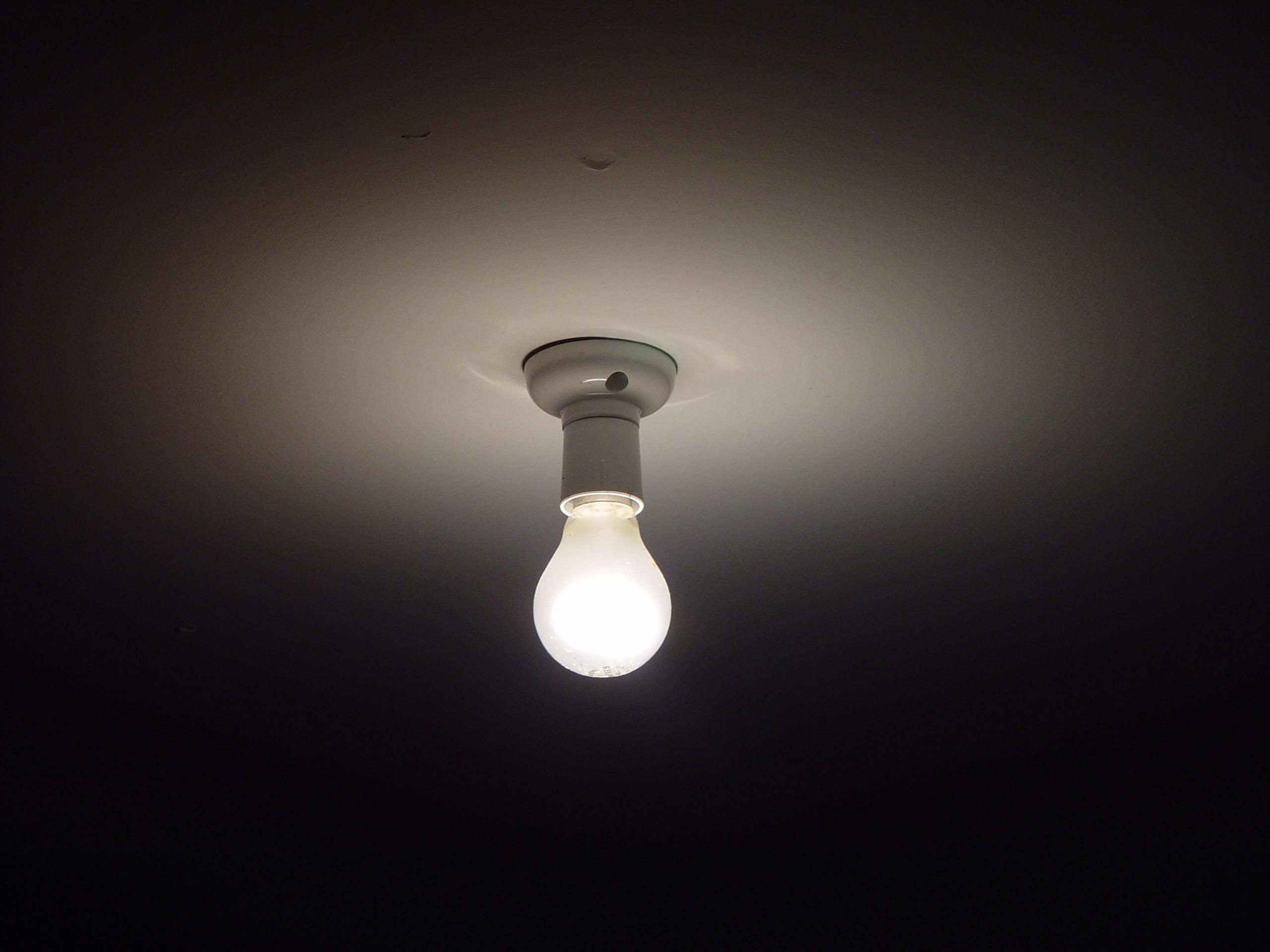

0 thoughts on “How To Measure Projector Lumens”